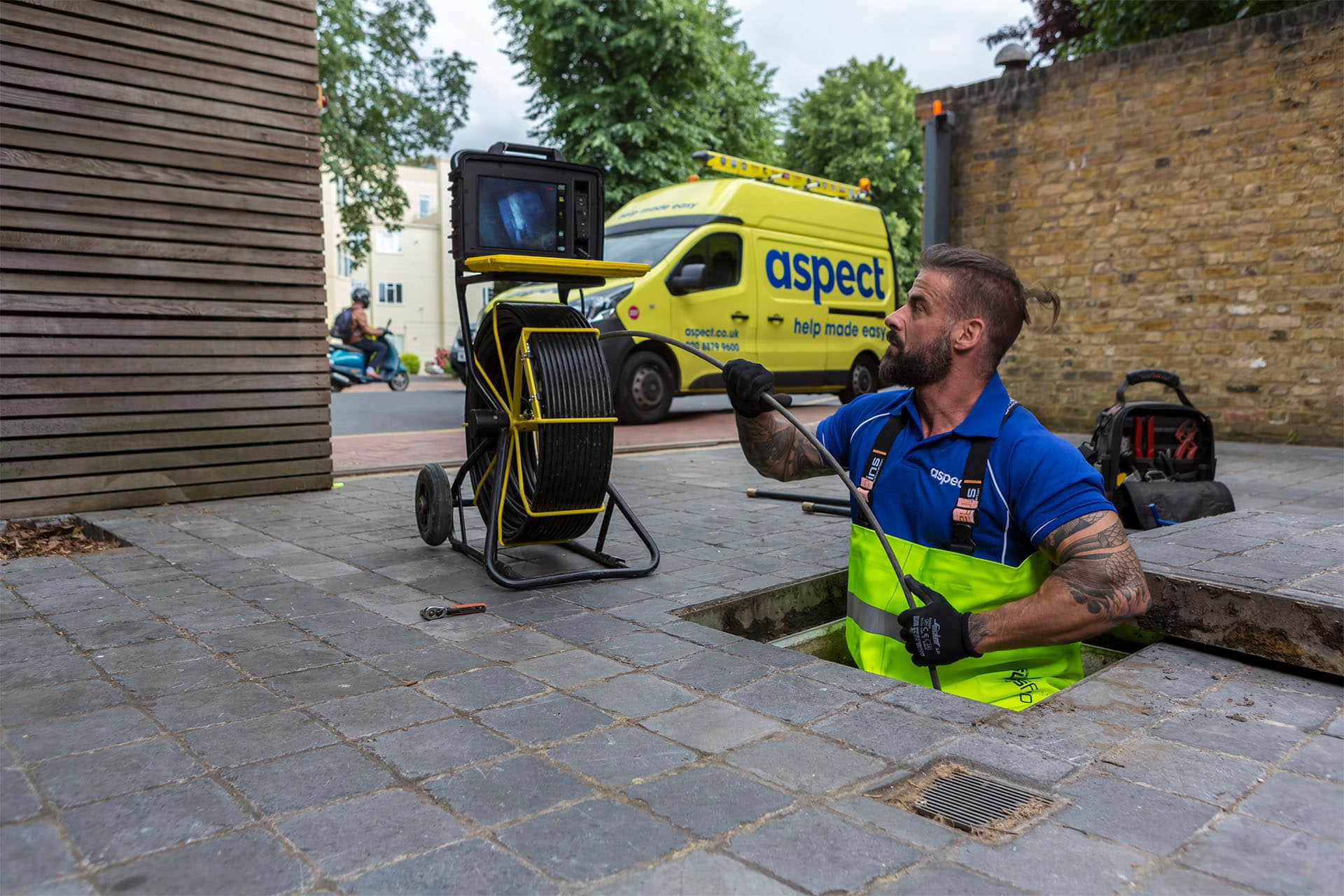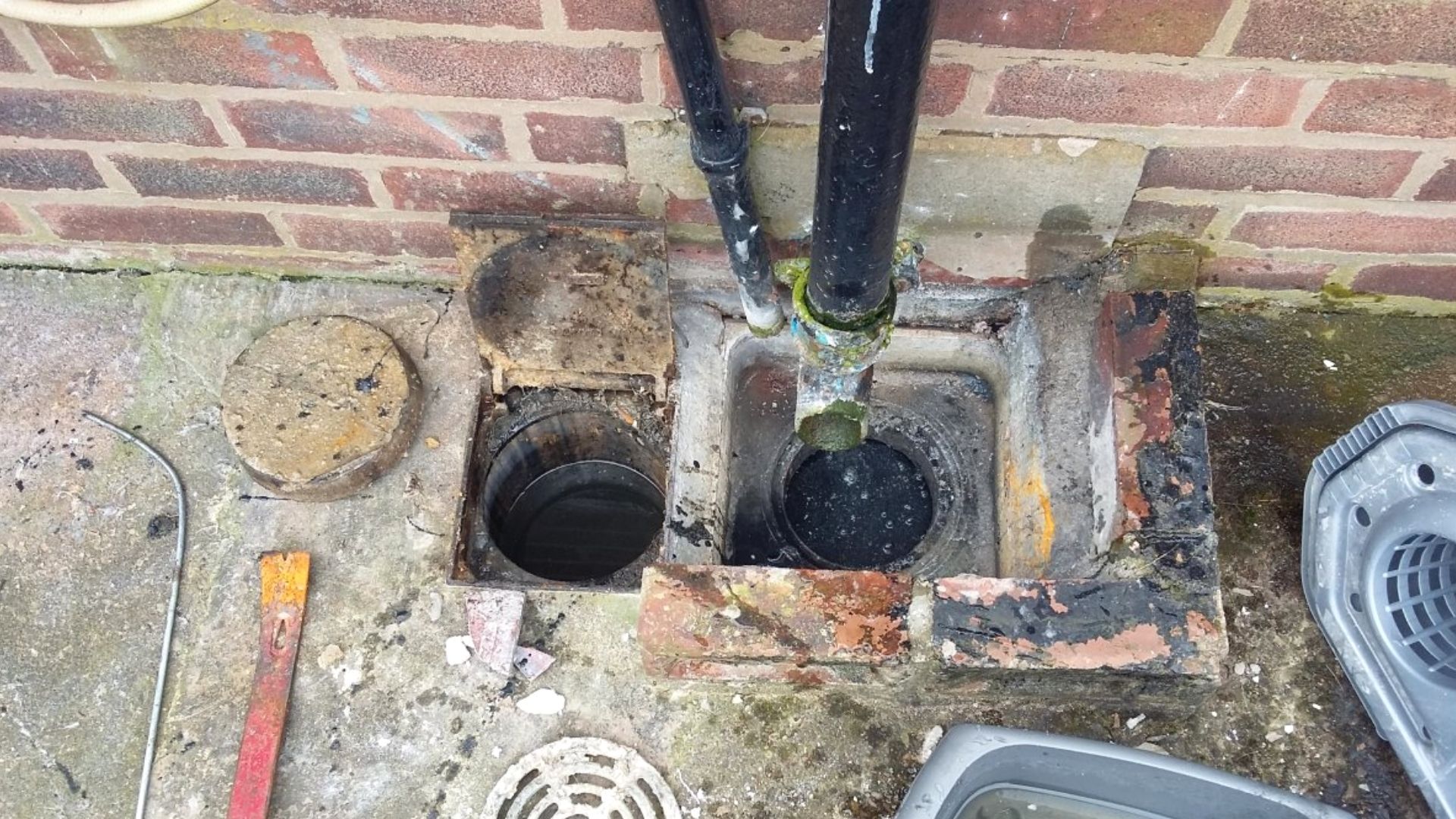Tips for Handling a Blocked Drain Prior to Contacting Plumbing Professionals
Tips for Handling a Blocked Drain Prior to Contacting Plumbing Professionals
Blog Article
Just how do you actually feel in relation to Tips for Dealing with Clogged Drains and Sewer Lines?

Introduction
Handling an obstructed drainpipe can be a discouraging experience, disrupting day-to-day activities and possibly causing damages to your building. Nevertheless, prior to connecting to pipes professionals, there are steps you can take to deal with the issue on your own. In this overview, we'll check out DIY remedies and preventive measures to deal with a blocked drain successfully.
Identifying the Issue
The primary step in addressing an obstructed drain is acknowledging the indications. Slow drainage, gurgling audios, foul odors originating from drains, or water support up are common indicators of a blocked drainpipe. Determining these indicators early can assist stop even more problems.
Usual Reasons For Obstructed Drains
Comprehending the factors that contribute to drain blockages is important for effective resolution. Typical offenders include hair, soap residue, grease, food debris, and international objects like hygienic products or paper towels. Tree roots getting into underground pipelines can also trigger substantial clogs.
DIY Solutions
For small clogs, a number of DIY solutions can be effective. Putting boiling water down the drainpipe can assist liquify oil and debris. Baking soda and vinegar or a combination of salt and cooking soft drink can serve as natural cleansers. Utilizing a bettor or plumbing snake to displace blockages is another choice.
Devices and Devices
Having the right tools accessible can make DIY drainpipe cleaning up much more reliable. A bettor is a versatile device for getting rid of obstructions in sinks, toilets, and showers. A plumbing snake or auger can get to much deeper clogs, while drain cleaning chemicals can be used meticulously for stubborn clogs.
Safety nets
To stay clear of future clogs, embracing preventive measures is crucial. Install drainpipe guards or strainers to capture hair and debris prior to they enter the pipes. Routinely flush drains pipes with warm water to dissolve grease build-up, and avoid disposing of oil or solid waste down the tubes.
When to Call a Specialist
While DIY services can fix small obstructions, specific indicators indicate the need for expert aid. Persistent blockages, foul odors in spite of cleaning up efforts, or multiple drains supporting concurrently are red flags that necessitate experienced intervention.
Picking the Right Pipes Service
When selecting a plumbing solution, consider variables such as experience, licensing, and client testimonials. Select a credible plumbing with a record of high quality workmanship and clear rates methods.
Price Factors to consider
The expense of specialist drainpipe cleaning services can vary depending upon the extent of the blockage and the plumbing technician's prices. Request quotes from multiple service providers and inquire about any service charges to make certain transparency and avoid shocks.
Security Precautions
When trying do it yourself drain cleansing, prioritize security. Wear safety handwear covers and eyeglasses to stay clear of contact with dangerous chemicals or microorganisms. Never mix different drainpipe cleansing products, as this can generate dangerous fumes.
Situation Researches
Real-life instances highlight the effectiveness of DIY remedies and the value of prompt specialist treatment in resolving drainpipe clogs.
Conclusion
By following the suggestions laid out in this overview, you can successfully take on blocked drains pipes and prevent future pipes issues. Whether choosing do it yourself options or seeking specialist assistance, timely activity is vital to maintaining a healthy plumbing system and protecting the stability of your home.
How to Clear a Clogged Drain Yourself (And When to Call In the Professionals)
What Can Clog a Drain
Dirt Skin flakes Hair Grease Soap scum Food Offset pipes Tree roots Small objects Mineral buildup DIY Tricks to Unclog a Drain
You can fix this! Once you have identified the source of the clog (or have a vague idea), you can try one or a combination of these fixes in order to clear your plumbing.
Wire Hanger or Snake
Untangle and clear out hair from a drainpipe with a homemade snake. Use a straightened-out wire hanger with a 90-degree angle hook to locate the clog and drag out any unwanted material.
Remember not to push the clog further down to where the wire hanger cannot reach! If you need to follow up with a plunger, give it a try. Your efforts might be more successful after it’s been wire-snaked.
If you want to get fancy and don’t have a wire hanger to spare, head to the store and pick up a hand-operated drain snake. You can get one for $10-$30. It may save you the hassle, and provide additional length to reach deep into the clogged pipe.
Plunger
A cup plunger has a suction cup attached to a wooden handle. The rubber creates a seal around the drain, and increases the pressure force of the plunger.
Plunge for 30-second increments to loosen the clog. This may need to be repeated over the course of 15-20 minutes. Once plunged, run the water to flush the remaining material out of the drain.
Remember– never use a plunger if you have used a chemical drain cleaner. These chemicals can splash up from the force of the plunger and cause serious injury or burns.
Boiling Water
Hot water can sometimes break up materials into a flushable amount. Dirt, grease, and soap buildup requires heat in order to unstick from surfaces.
Take your kitchen kettle and heat your water to a boil. Once it reaches a rolling boil, pour it directly down the drain into the blockage. Carefully follow with plunging, if necessary.
Don’t worry if this takes more than one try! It can often take multiple kettles and repeated plunging in order to clear a particularly stubborn clog.
Chemical Drain Cleaner
As a last resort, pick up a bottle of chemical drain cleaner. Drain-cleaning chemicals are potent, and not very good for the environment.
You may need to wear protective eyewear in gloves before handling your bottle of chemical drain cleaner. Follow the instructions printed on the bottle, and flush with water as soon as the instructions allow. Do not follow with plunging.
Baking Soda and Vinegar
As a safer alternative to chemical drain cleaner, baking soda and vinegar can create a chemical reaction that clears tough clogs.
Combine one cup of cleaning vinegar with one cup of boiling water, and set aside. Once you have done this, pour half a cup of baking soda down the drain. Give the baking thirty seconds to settle and cover a large portion of the problem drain.
Following the baking soda, pour down your vinegar and hot water solution. Once the vinegar and baking soda combine, the mixture will bubble and fix. Let this reaction fizzle in the drain for about an hour.
After an hour, follow with a kettle’s worth of hot water. The heat and liquid should flush out any remaining material.
When to Call a Plumber
If your DIY attempts haven’t cleared your clog drain, it’s time to call in a professional. It’s not worth losing access to your kitchen sink or high-traffic bathroom. A clog in a vital area can keep you from the things you’d rather be doing, and derail your routine.
Anytime a clog is causing water to spread is a time to call in a plumbing service. What starts out as a little bit of water can quickly grow into serious, expensive water damage.
Additionally, a serious clog can result in burst pipes or serious leaks. Make sure you know when to take it seriously!
https://myguysnow.com/how-to-clear-a-clogged-drain-yourself-and-when-to-call-in-the-professionals/

I'm very interested by Tips for Dealing with Clogged Drains and Sewer Lines and I'm hoping you appreciated the entire entry. Sharing is caring. Helping others is fun. Bless you for your time. Kindly pay a visit to our blog back soon.
Course Detail Report this page